Emília Rigová
Nane Oda Lavutaris / Who will play for me?
08 Oct 2022 - 16 Apr 2023
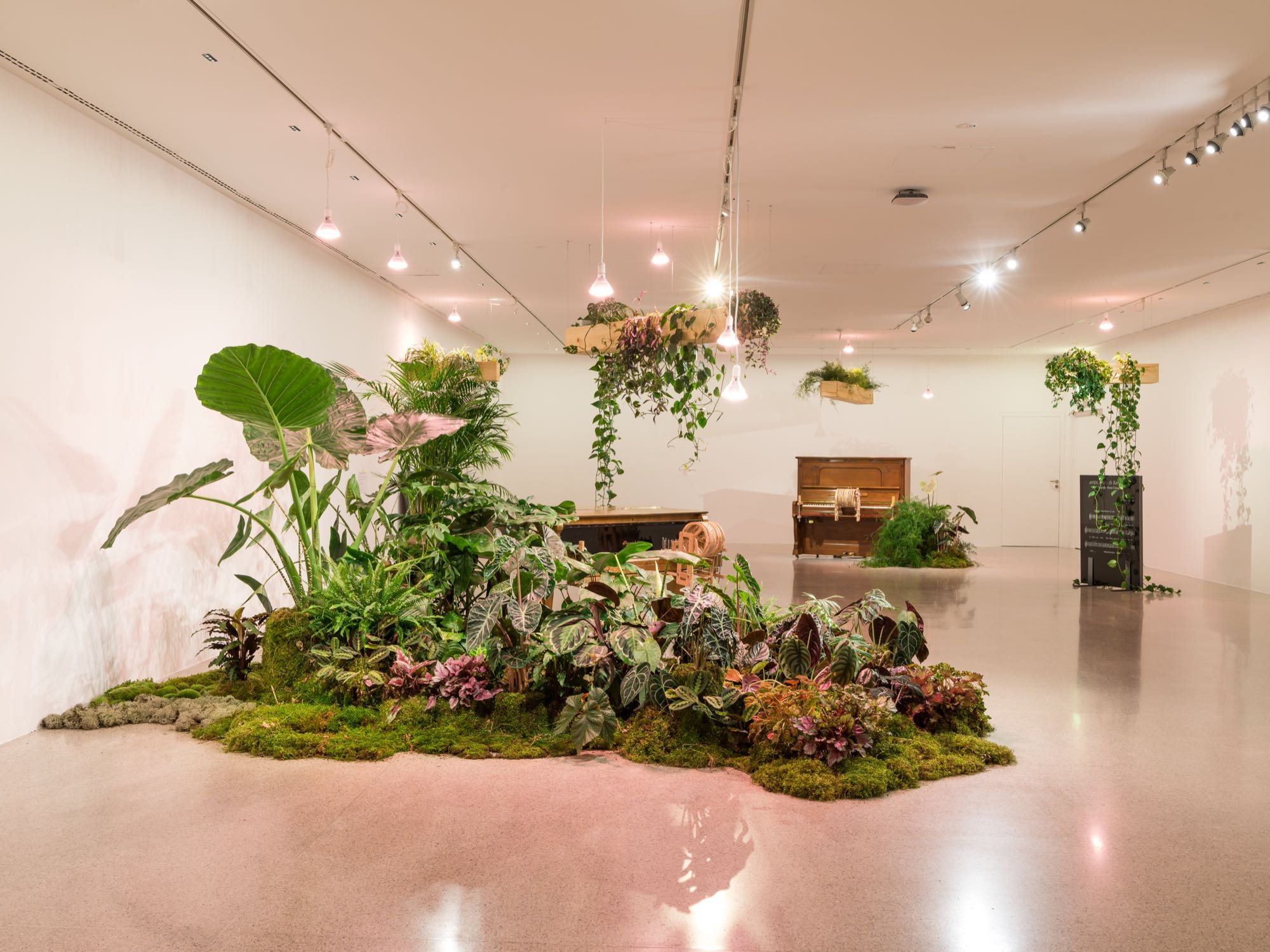
Exhibition view: Emília Rigová. Nane Oda Lavutaris / Who Will Play for Me?
October 8, 2022 to March 19, 2023
mumok – Museum moderner Kunst Stiftung Ludwig Wien
Photo: Klaus Pichler, © mumok
October 8, 2022 to March 19, 2023
mumok – Museum moderner Kunst Stiftung Ludwig Wien
Photo: Klaus Pichler, © mumok
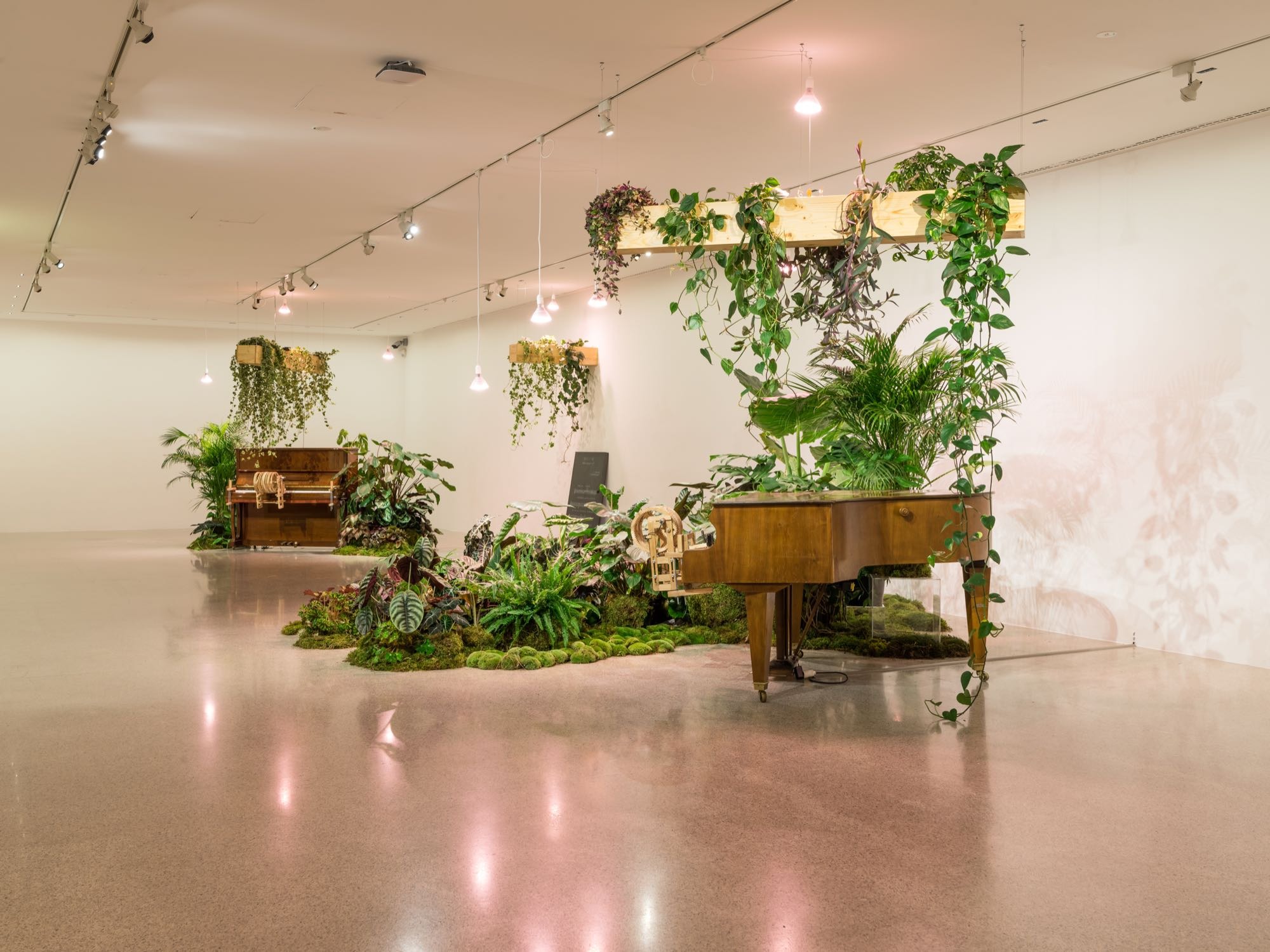
Exhibition view: Emília Rigová. Nane Oda Lavutaris / Who Will Play for Me?
October 8, 2022 to March 19, 2023
mumok – Museum moderner Kunst Stiftung Ludwig Wien
Photo: Klaus Pichler, © mumok
October 8, 2022 to March 19, 2023
mumok – Museum moderner Kunst Stiftung Ludwig Wien
Photo: Klaus Pichler, © mumok

Exhibition view: Emília Rigová. Nane Oda Lavutaris / Who Will Play for Me?
October 8, 2022 to March 19, 2023
mumok – Museum moderner Kunst Stiftung Ludwig Wien
Photo: Klaus Pichler, © mumok
October 8, 2022 to March 19, 2023
mumok – Museum moderner Kunst Stiftung Ludwig Wien
Photo: Klaus Pichler, © mumok

Exhibition view: Emília Rigová. Nane Oda Lavutaris / Who Will Play for Me?
October 8, 2022 to March 19, 2023
mumok – Museum moderner Kunst Stiftung Ludwig Wien
Photo: Klaus Pichler, © mumok
October 8, 2022 to March 19, 2023
mumok – Museum moderner Kunst Stiftung Ludwig Wien
Photo: Klaus Pichler, © mumok
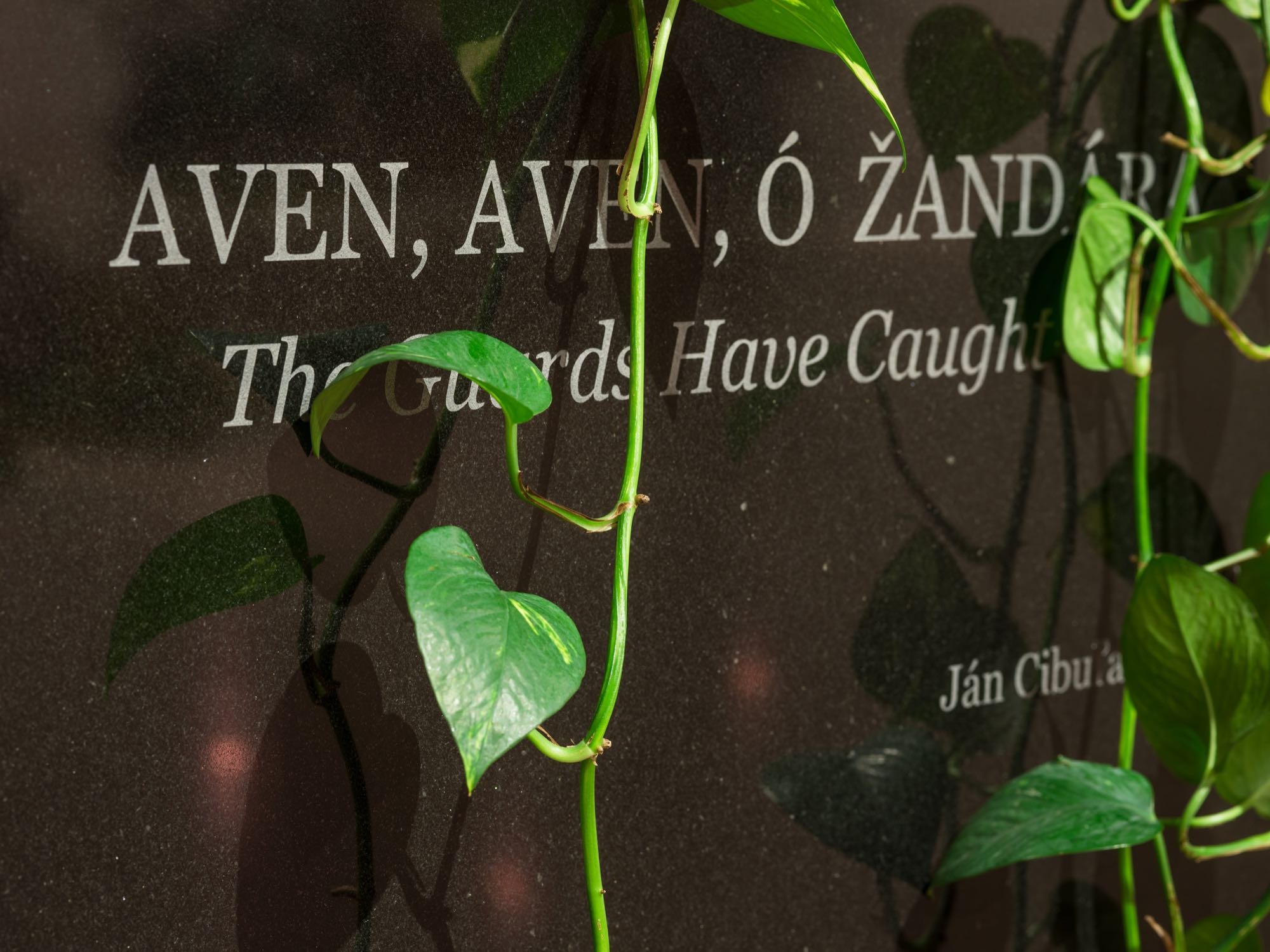
Exhibition view: Emília Rigová. Nane Oda Lavutaris / Who Will Play for Me?
October 8, 2022 to March 19, 2023
mumok – Museum moderner Kunst Stiftung Ludwig Wien
Photo: Klaus Pichler, © mumok
October 8, 2022 to March 19, 2023
mumok – Museum moderner Kunst Stiftung Ludwig Wien
Photo: Klaus Pichler, © mumok

Exhibition view: Emília Rigová. Nane Oda Lavutaris / Who Will Play for Me?
October 8, 2022 to March 19, 2023
mumok – Museum moderner Kunst Stiftung Ludwig Wien
Photo: Klaus Pichler, © mumok
October 8, 2022 to March 19, 2023
mumok – Museum moderner Kunst Stiftung Ludwig Wien
Photo: Klaus Pichler, © mumok

Exhibition view: Emília Rigová. Nane Oda Lavutaris / Who Will Play for Me?
October 8, 2022 to March 19, 2023
mumok – Museum moderner Kunst Stiftung Ludwig Wien
Photo: Klaus Pichler, © mumok
October 8, 2022 to March 19, 2023
mumok – Museum moderner Kunst Stiftung Ludwig Wien
Photo: Klaus Pichler, © mumok
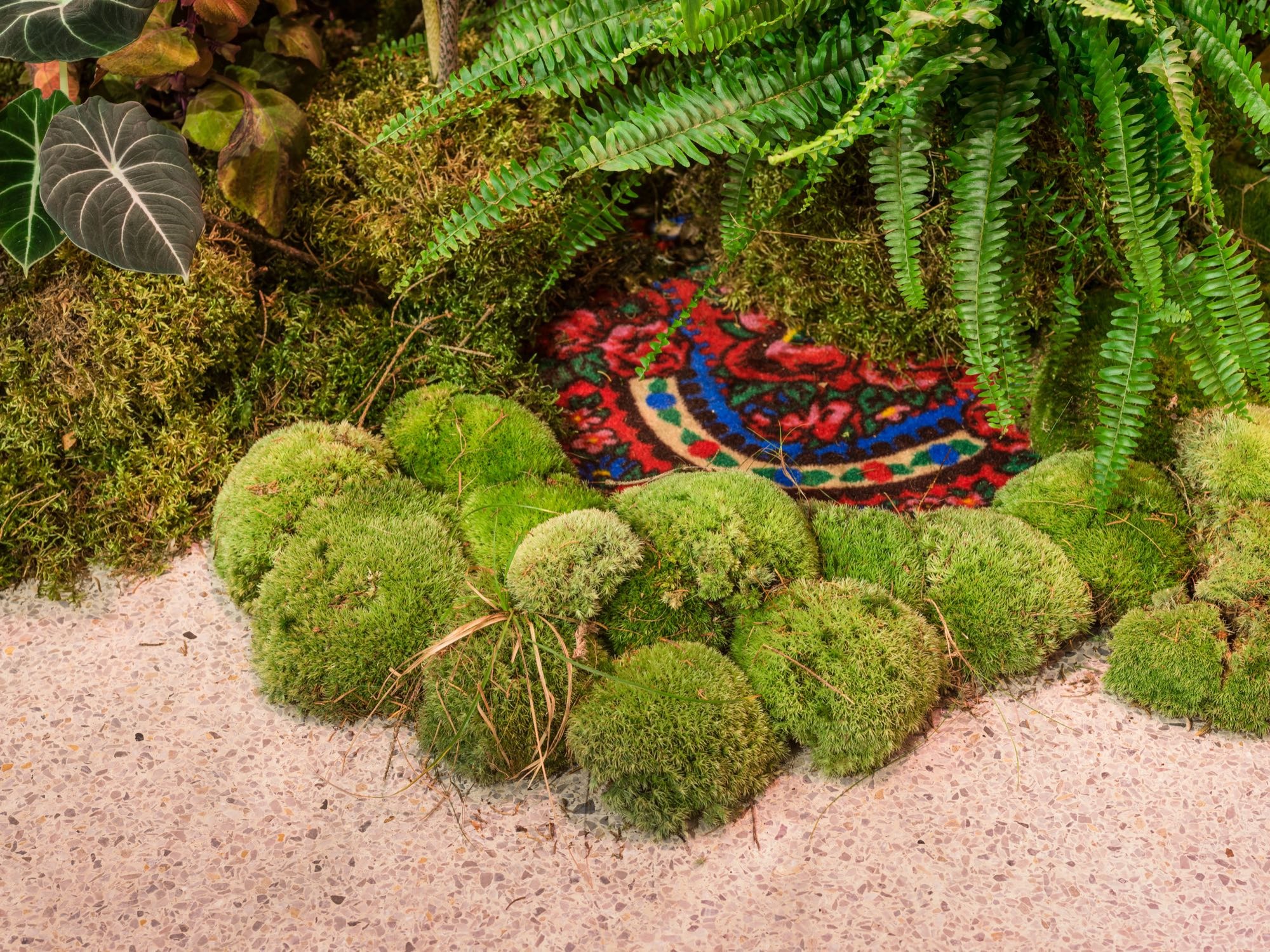
Exhibition view: Emília Rigová. Nane Oda Lavutaris / Who Will Play for Me?
October 8, 2022 to March 19, 2023
mumok – Museum moderner Kunst Stiftung Ludwig Wien
Photo: Klaus Pichler, © mumok
October 8, 2022 to March 19, 2023
mumok – Museum moderner Kunst Stiftung Ludwig Wien
Photo: Klaus Pichler, © mumok
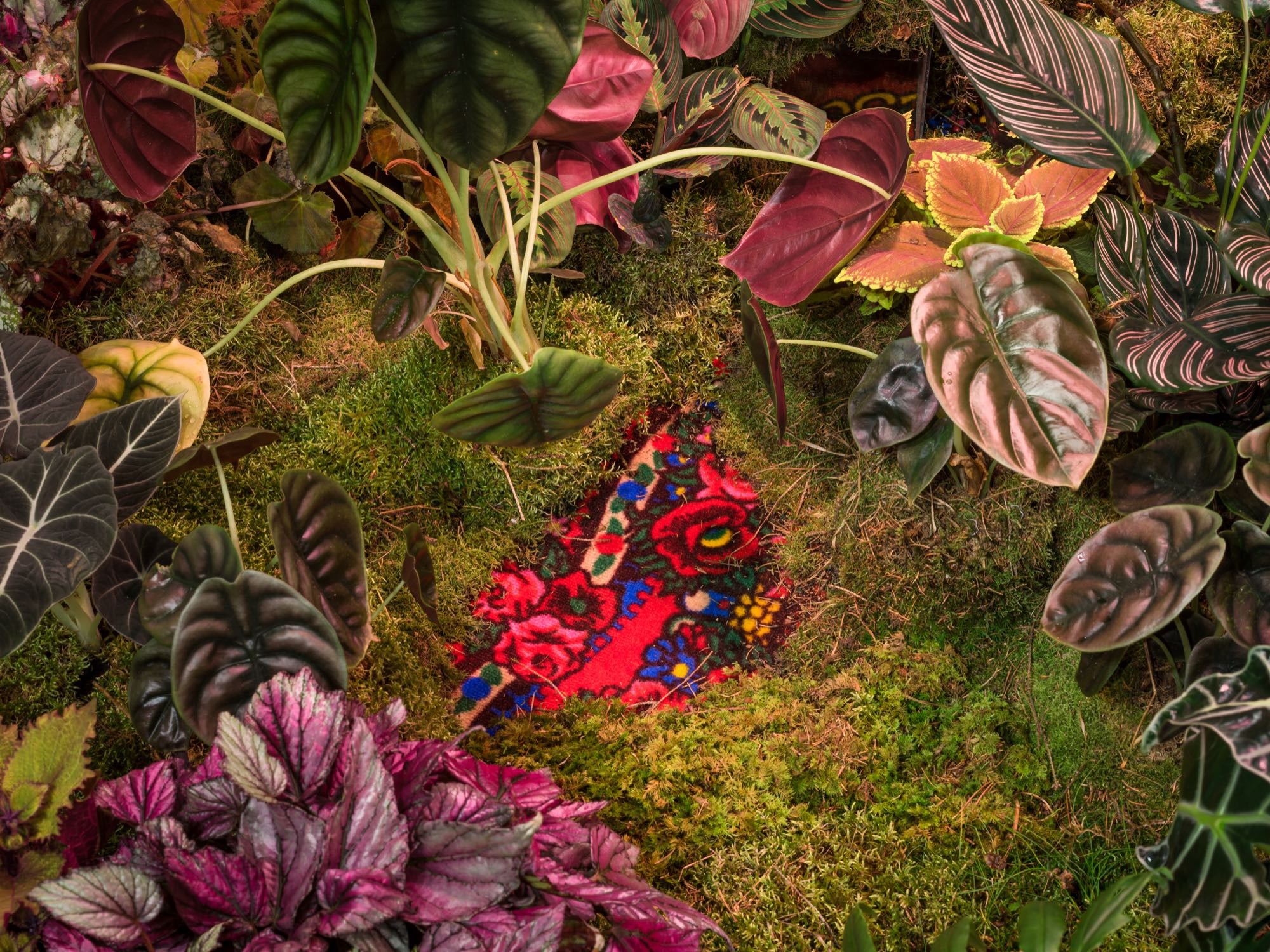
Exhibition view: Emília Rigová. Nane Oda Lavutaris / Who Will Play for Me?
October 8, 2022 to March 19, 2023
mumok – Museum moderner Kunst Stiftung Ludwig Wien
Photo: Klaus Pichler, © mumok
October 8, 2022 to March 19, 2023
mumok – Museum moderner Kunst Stiftung Ludwig Wien
Photo: Klaus Pichler, © mumok
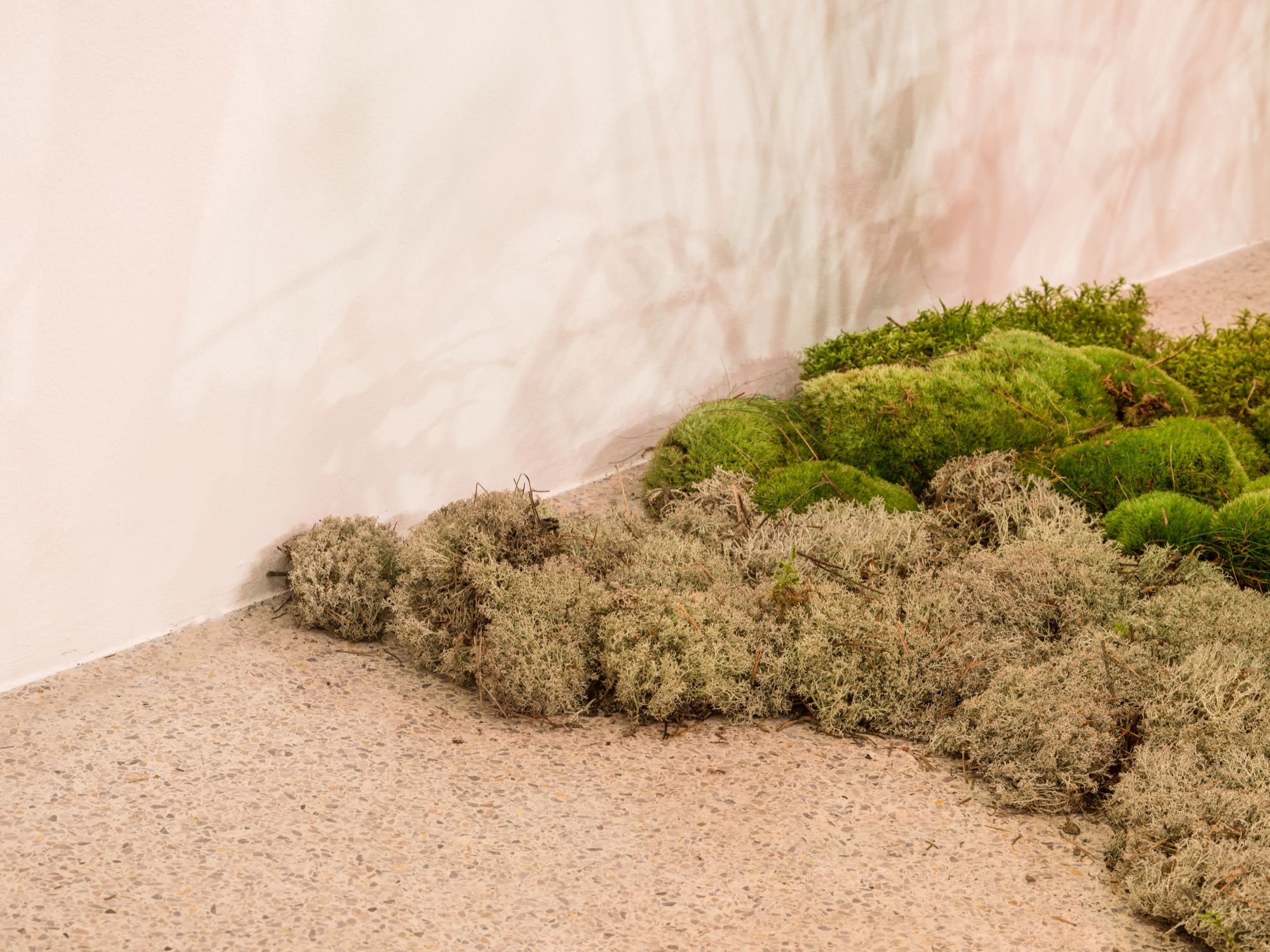
Exhibition view: Emília Rigová. Nane Oda Lavutaris / Who Will Play for Me?
October 8, 2022 to March 19, 2023
mumok – Museum moderner Kunst Stiftung Ludwig Wien
Photo: Klaus Pichler, © mumok
October 8, 2022 to March 19, 2023
mumok – Museum moderner Kunst Stiftung Ludwig Wien
Photo: Klaus Pichler, © mumok
Emília Rigová addresses in her multimedia oeuvre current questions about the identity and social role of the Roma people and their historical background, viewed through the prism of her own biography. Based on extensive research, her works take aim at social polarization and exclusion, examining and accentuating instead the symbiotic aspects in the relations between Roma and non-Roma—without however suppressing historical and contemporary areas of conflict. Lending expression to these contradictions, the artist has since 2012 been calling herself “Bári Raklóri,” thus adopting an alter ego that combines different identities.
The title of the exhibition Nane Oda Lavutaris / Who Will Play for Me? refers to the musical heritage of the Roma as a form of expression of social identity that is an integral part of European culture and yet at the same time connotes a life of resistance. Emília Rigová has collected sheet music for old Roma songs from all over the world and done research at ethnomusicological archives in neighboring countries, compiling her own archive in the process. For the exhibition she has chosen three songs from her collection that, although discovered in different areas of Slovakia, are ultimately transnational in nature. They were mostly sung by diverse ethnic subgroups in various dialects. Since the songs refer to specific events, such as the Porrajmos, the Nazi genocide of the Roma and Sinti people, they create in the show an historical backdrop that retains its explosive force even today.
The Wallachian folk song “Či čorav či drábarav” (“I do not steal and I do not practice fortune-telling”) will be carved in stone in a performance during the opening so that it will remain present in the exhibition as a monument against the evanescence of history. Since the Roma themselves have no written record of their history, Rigová’s work acts as a kind of passing down of their traditions in an effort to prevent forgetting and repression.
Upon entering the exhibition, the viewer is immersed in an ambience of pianos and plants, surrounded by the sound of fragmented melodies. Motion detectors prompt the pianos to play the selected songs as soon as they are approached. The plants come from the family of epiphytes and share their geographic origin with the Roma, tracing an imaginary map of their migration routes. As plants for which the “host” serves solely as an anchor, the epiphytes signal a symbiotic and synergistic relationship rather than any notion of the parasitic, exotic, or wild—stereotypes that continue to serve as pretexts for excluding and stigmatizing Roma.
Curated by Rainer Fuchs
The title of the exhibition Nane Oda Lavutaris / Who Will Play for Me? refers to the musical heritage of the Roma as a form of expression of social identity that is an integral part of European culture and yet at the same time connotes a life of resistance. Emília Rigová has collected sheet music for old Roma songs from all over the world and done research at ethnomusicological archives in neighboring countries, compiling her own archive in the process. For the exhibition she has chosen three songs from her collection that, although discovered in different areas of Slovakia, are ultimately transnational in nature. They were mostly sung by diverse ethnic subgroups in various dialects. Since the songs refer to specific events, such as the Porrajmos, the Nazi genocide of the Roma and Sinti people, they create in the show an historical backdrop that retains its explosive force even today.
The Wallachian folk song “Či čorav či drábarav” (“I do not steal and I do not practice fortune-telling”) will be carved in stone in a performance during the opening so that it will remain present in the exhibition as a monument against the evanescence of history. Since the Roma themselves have no written record of their history, Rigová’s work acts as a kind of passing down of their traditions in an effort to prevent forgetting and repression.
Upon entering the exhibition, the viewer is immersed in an ambience of pianos and plants, surrounded by the sound of fragmented melodies. Motion detectors prompt the pianos to play the selected songs as soon as they are approached. The plants come from the family of epiphytes and share their geographic origin with the Roma, tracing an imaginary map of their migration routes. As plants for which the “host” serves solely as an anchor, the epiphytes signal a symbiotic and synergistic relationship rather than any notion of the parasitic, exotic, or wild—stereotypes that continue to serve as pretexts for excluding and stigmatizing Roma.
Curated by Rainer Fuchs
